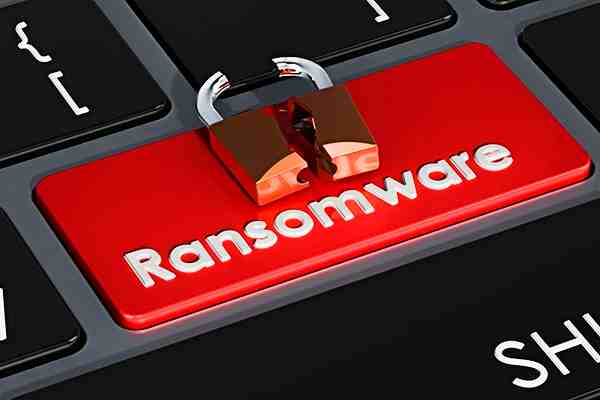Mumbai: India is among the top ten Asian nations having doubled its ransomware detection percentage. At the fourth spot, India’s ransomware detection percentage has doubled to 7.34% in Q3 2021 from 3.65% in Q2 2021, as per the Acronis Cyberthreats Report 2022.
While India ranked fourth in terms of ransomware detection percentage, Japan topped the ten Asian nation list with 31.61% in Q3 2021 compared to 38.09% in Q2 2021.
The report is an in-depth review of cybersecurity trends and threats worldwide. It warns that managed service providers (MSPs) are particularly at risk — having more of their own management tools, such as PSA or RMM, used against them by cybercriminals, and thus are becoming increasingly vulnerable to supply chain attacks.
The number of ransomware incidents as per the report has dipped slightly in Q3, after a high during the summer months. From July to August, there was an increase of 32.7% of blocked ransomware attacks globally, followed by a 7% fall in September and 16% in October respectively.
Supply-chain attacks on MSPs are particularly devastating since attackers gain access to both their business and clients — as seen in the SolarWinds breach last year and the Kaseya VSA attack earlier in 2021, one successful attack means crippling hundreds or thousands of SMBs.
The report also shows that during the second half of 2021, only 20% of companies reported not having been attacked — as opposed to 32% last year — indicating that attacks are increasing in frequency across the board.
“The cybercrime industry is a well-oiled machine, using cloud and machine intelligence to scale and automate their operations. While the threat landscape continues to grow, we see that the main attack vectors stay the same — and they still work,” said Candid Wuest, Acronis VP – Cyber Protection Research.
“While the attack surface is growing and 2022 will surely bring us surprises, cyber protection automation remains the only path to greater security, reduced risks, lower costs, and improved efficiency,” added Wuest.

